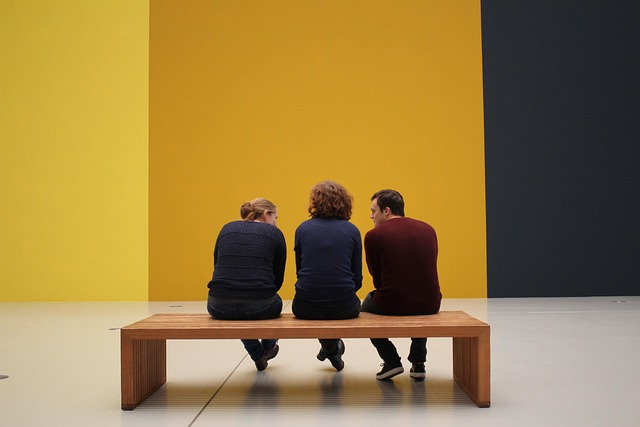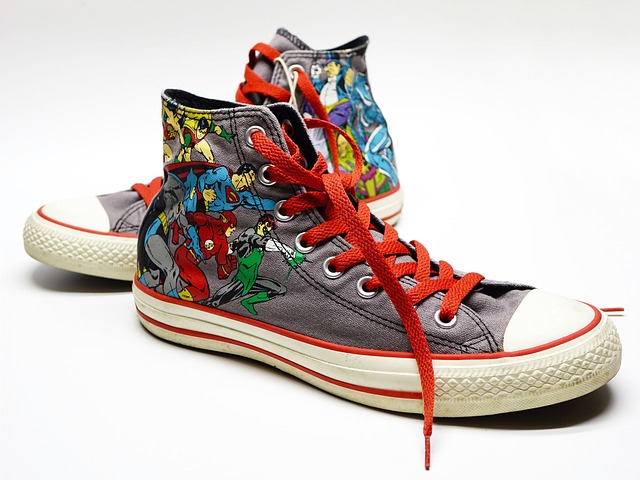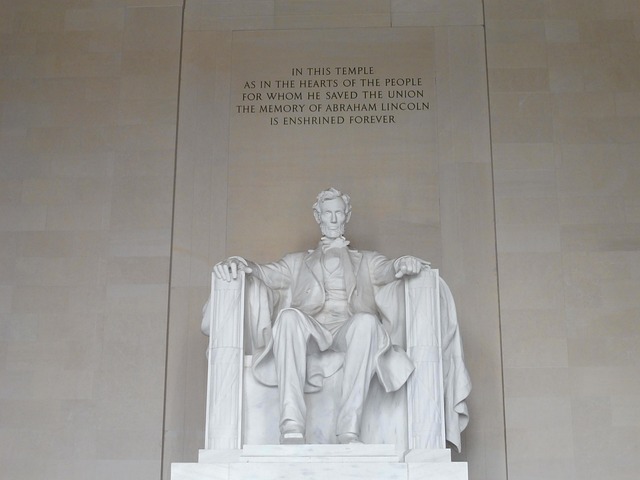As we wander through the hallowed halls of museums, we are often met with a kaleidoscope of narratives that reflect the diverse tapestry of human experience. Among these narratives, the stories of gods and religion stand out, encapsulating the beliefs, hopes, and dreams of civilizations long past. Each artifact, sculpture, and painting invites us on a journey through time, where the divine intersects with humanity, revealing a profound connection that transcends ages.
Museums around the world serve as sanctuaries of knowledge, preserving the rich lore associated with various religions and their corresponding myths. From the intricate carvings of Hindu deities in Indian museums to the stunning frescoes of biblical scenes in European art galleries, these collections provide invaluable insights into the ways in which our ancestors sought to explain the mysteries of existence. They reflect the fears, aspirations, and values of societies that revered gods, depicting how spirituality was deeply woven into the fabric of daily life.
The experience of exploring these religious collections in museums evokes a sense of reverence. Walking through the spaces, one can’t help but feel a connection to the countless individuals who stood before these very objects centuries ago, seeking comfort, guidance, or purpose. This shared human quest for understanding is a powerful reminder of our collective journey. Each exhibition is not just a display of art; it acts as a window into the hearts and minds of those who came before us.
Visiting a museum that showcases the artifacts of religion often becomes an act of reflection. With each piece, viewers are invited to question their beliefs, explore their spirituality, and recognize the threads that link different faiths. The rich diversity of religious artifacts—from the serene Buddha statues and ornate Islamic calligraphy to the evocative imagery of ancient mythologies—invites a dialogue about the significance of faith in our lives today.
Moreover, many museums curate special exhibitions that delve into contemporary interpretations of ancient beliefs. These initiatives emphasize how ancient divine concepts continue to resonate in modern society, influencing art, culture, and even politics. They serve as essential reminders that the search for meaning and connection remains timeless, echoing the spiritual inquiries that have persisted throughout human history.
The experience of engaging with religious artifacts in a museum setting also challenges us to consider the role of faith in a rapidly changing world. In an era defined by science and technology, these collections encourage us to ponder what it means to believe and to seek solace in the divine. They prompt us to reflect on the ways in which practices and symbols from various faiths continue to enrich our understanding of ourselves and our place within the cosmos.
Additionally, museums play a significant role in promoting interfaith dialogue. By showcasing the similarities and differences among world religions, they foster an environment of mutual respect and understanding. Visitors can appreciate the beauty found in diversity, leading to a greater acceptance of varying beliefs and practices. This exposure can enhance our empathy, challenging stereotypes and bridging cultural divides.
In this exploration of gods and religion through museums, we find an opportunity not only to learn about the past but also to engage with our present beliefs and practices. The intricate confluence of culture, art, and spirituality serves as a reminder that whether we are devoutly religious or merely curious, the underlying questions about existence remain relevant. We are all part of this grand narrative, and by engaging with the divine through the lens of museums, we explore what it means to be human.




